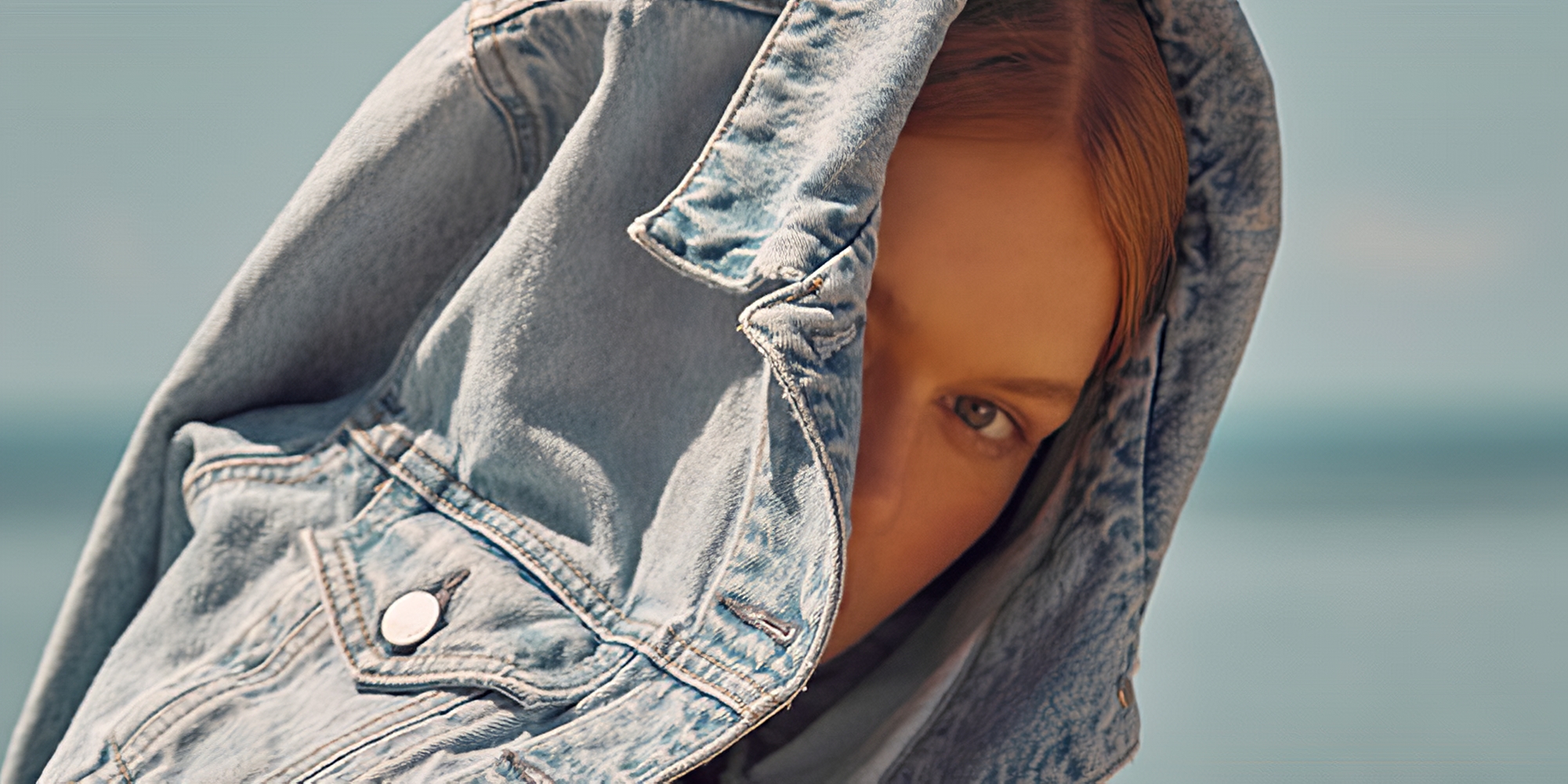Our editors curate highly rated brands that are first assessed by our rigorous ratings system. Buying through our links may earn us a commission—supporting the work we do. Learn more.
If you’ve been looking for more sustainable glasses then you might have stumbled upon a material called acetate. But what is acetate, exactly? What is it made from? What is it used for? And most importantly, is acetate a lower-impact material as some manufacturers say? Let’s have a look.
What is acetate?
Acetate is a human-made, semi-synthetic material derived from cellulose. More precisely, it’s made from wood pulp combined with chemicals like acetic acid (vinegar), acetic anhydride, and sulphuric acid. It is then spun into fibres, sometimes mixed in with other materials, hardened into a sheet, or moulded into shapes.
Fabric made from acetate is shiny, soft, and is usually used as an alternative to silk or rayon.
Acetate is the second oldest human-made fabric after rayon. It was invented in Europe in the 19th century as a varnish for aeroplane wings and later developed for use as a fabric in the US in the 20th century.
What is it used for?
Acetate has several uses. Because of its silk-like qualities, it’s used as a fibre to make wedding or graduation gowns, lining, curtains, or furnishing. Basically, sturdy and fancy items that don’t need to be washed often.
And because it’s thermoplastic—meaning it can soften when heated and return to a hardened state when cooled—acetate can also be used to make accessories like jewellery, glasses, and sunglasses. Acetate has gained popularity in recent years, being touted as a lower-impact alternative to plastic to produce eyewear.
Interestingly, acetate can also be used as an alternative to tortoiseshell and might have even helped save Hawksbill sea turtles from going extinct, as Eco-Cult’s Alden Wicker brilliantly explains.
Advantages and disadvantages of acetate
Practically speaking, acetate has many advantages. As a fabric, it dries quickly, doesn’t shrink, doesn’t pile, and is resistant to moth and mildew stains. In its hardened form, acetate is very easy to process, making it a great and inexpensive material.
However, acetate also has its fair share of disadvantages—it’s not breathable at all (remember how sweaty your graduation gown made you feel?). It also wrinkles very easily, and it can melt when it gets too hot, which means you need to be careful when washing it. Speaking of washing, when we researched this article, many websites recommended acetate be dry cleaned. But dry cleaning is very chemically intensive, and it can harm the environment, animals, and the dry-cleaners. No, thank you.

The verdict: is a lower-impact choice?
The one question that remains is: is acetate a lower-impact choice than plastic?
Acetate is a plant-based material, and studies have shown that it can biodegrade, depending on where and how it is discarded. So yes, in some ways, you could say that acetate is a better option, BUT—and it’s a big “but”—only to a certain extent.
As we saw earlier, numerous chemicals need to be added to wood pulp before it can become acetate. And some of these chemicals are plasticisers derived from petroleum, including the much-discussed and very toxic phthalates that cause many general and reproductive health issues. The chemicals can be dangerous to you, the workers that manufacture acetate, the environment where the acetate product eventually lands, and any animals who come across it.
And if that wasn’t enough, acetate can contribute to microplastic pollution—cellulose acetate was found to be one of seven materials that accounted for over half of the microplastics found in the arctic.
Our conclusion? You should still be wary when buying items made from acetate. At Good On You, we don’t treat acetate as a preferred material—”It’s better than virgin plastics, but it’s more like choosing the better of two evils,” says our head of ratings, Kristian Hardiman. If you do opt for acetate, good terms to look out for are “bio-acetate” or “bio-plastic”, which generally mean a higher percentage of the material is made from plants, increasing the chance of biodegradability. You should also pick a high-quality, long-lasting, and timeless product, as the best thing you can do with acetate is keep it in circulation for as long as possible. Finally, double-check the wood pulp comes from more sustainable sources like FSC or PEFC-certified plantations and is produced in a regulated environment (for example, following the European Union’s REACH chemical guidelines, as highlighted by Alden Wicker).
Still keen on the longevity of acetate and want a more sustainable option? Below are some “Good” and “Great” brands that use bio-acetate in their stylish eyewear:























